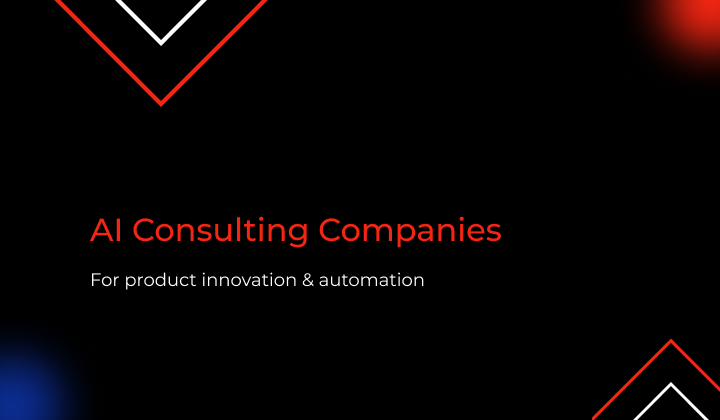With the constant growth of data and the shift to cloud-native and hybrid architectures, IT teams are facing overwhelming volumes of information, making it nearly impossible to handle everything manually.
That’s where AIOps use cases come in.
AIOps, short for Artificial Intelligence for IT Operations, brings intelligence and automation to the heart of IT operations.
It helps IT teams not only stay on top of their infrastructure but also proactively predict and fix issues before they impact users or the business.
Let’s dive into some real-world AIOps use cases to see how this approach is changing the game for IT departments everywhere.




 14 mins
14 mins











 Talk to Our
Consultants
Talk to Our
Consultants Chat with
Our Experts
Chat with
Our Experts Write us
an Email
Write us
an Email







